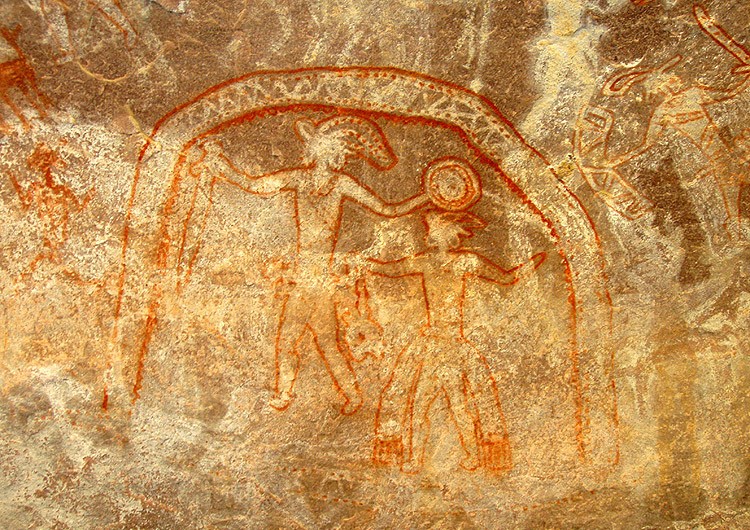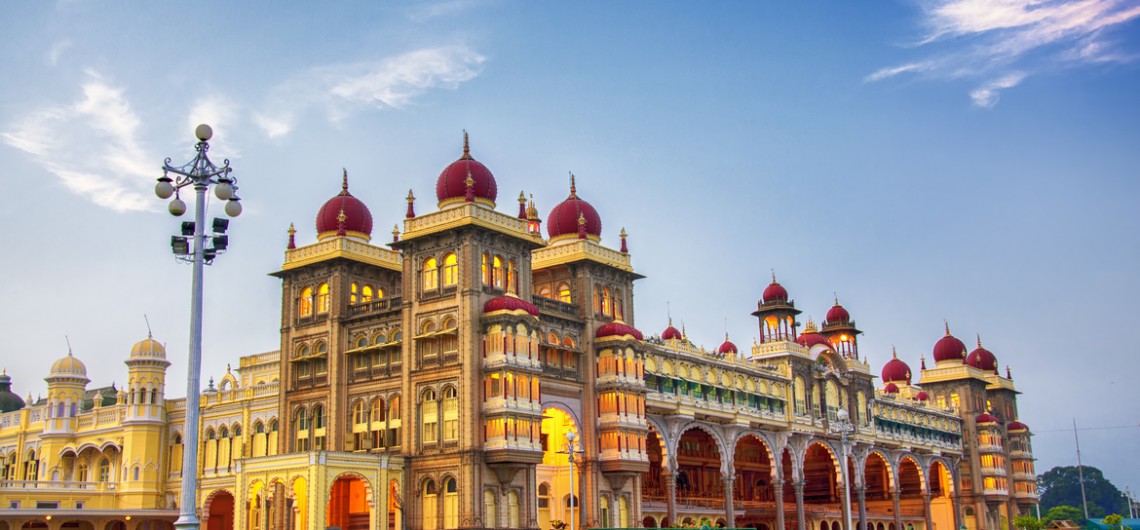Do you have woo for Indian Tigers and Tribes? Enjoy and experience India wildlife with goingindiaa.com.
We will take you a comfortable, lovely, photogenic and fantastic #tigersafari in Madhya Pradesh.
I personally traveled many times with FITs and GITs to #Bandhavgarh, #Kanha, #Panna #Pench and #Satpura #NationalParks. Earlier that was part of my job but now it has become my passion and travelled many times to fulfil the desire of foreign tourists to see tiger in the Jungle lively.
Same time you will get experience of Tribes cultural diversity of Madhya Pradesh. It is hard to find such diversity anywhere else. Almost oblivious of political boundaries, communities living in states’ peripheries, tribal communities continue linguistic, lifestyle, music and cultural exchanges.
There are 46 recognized Scheduled Tribes in Madhya Pradesh, India. Tribes of Madhya Pradesh have preserved very remarkably their distinct way of life in small isolated communities and the main tribes are the Gonds, Kols, Bhills, Murias, Baigas, Korkus, Kamaras, Marias and Oraons. They are famous for Tribal crafts, Tribal dances and Tribal Baazers.
We are organizing some fix FIT and Group departures programs :
Tour Name: Central India Tribal Tour, Tiger & Taj Mahal
Duration: 14 Nights/15 Days
Places Covered: New Delhi-Kawardha-Bandhavgarh National Park – Kajuraho-Orchha-Agra-Delhi
Tour Name: Verdant Odyssey
Duration: 12 Nights/13 Days
Places Covered: Delhi-Amarkantak -Dindori-Kanha National Park-Mandla- Jabalpur-Indore-Dhar-Mandu-Jhabua-Indore







